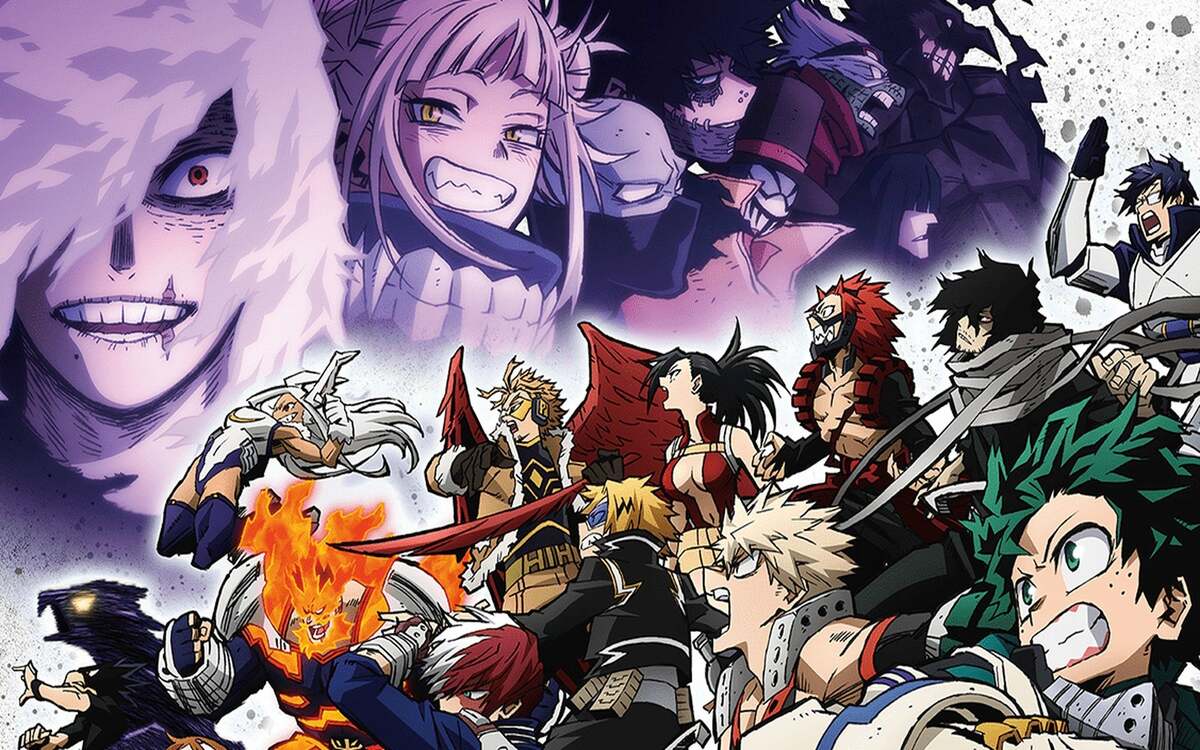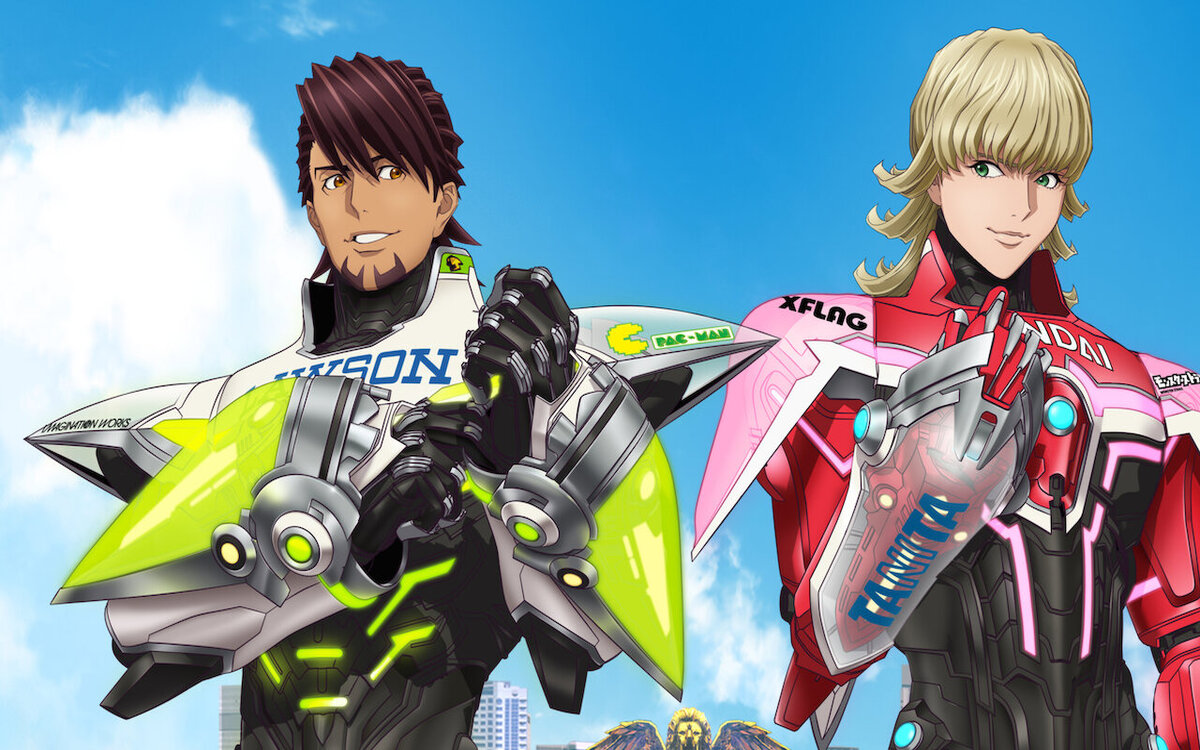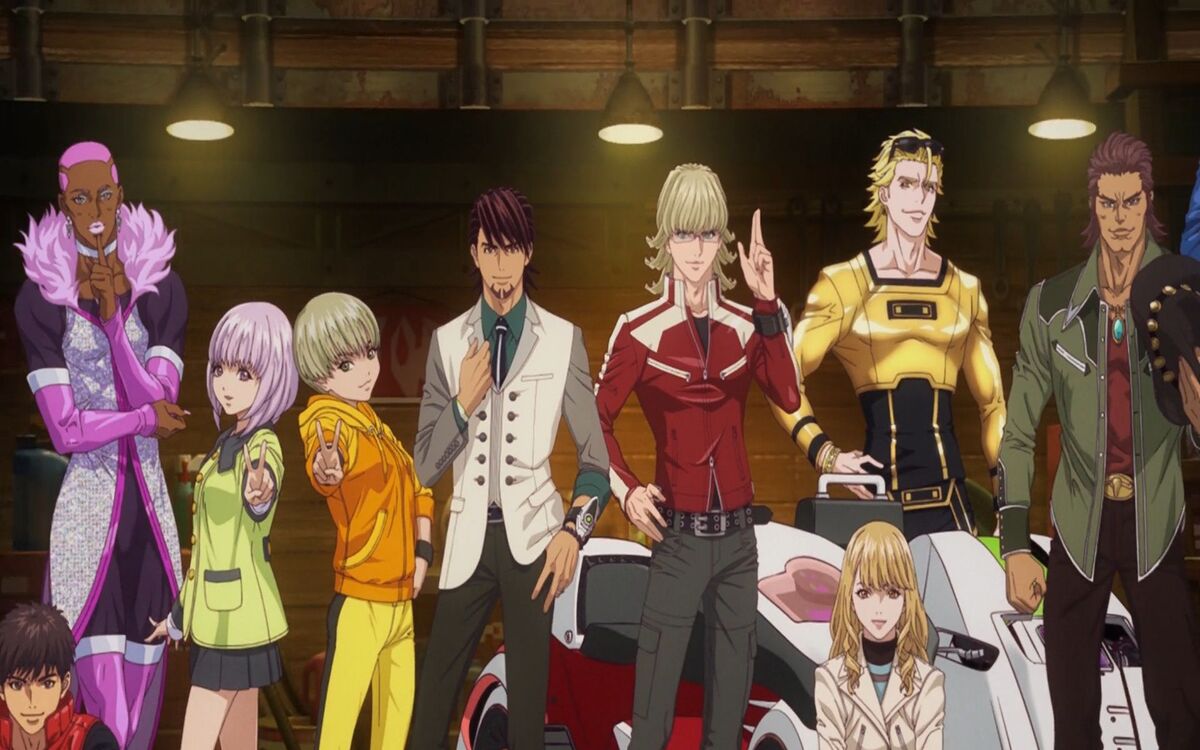In the ever-evolving world of anime, few series have captured the hearts of viewers as thoroughly as “My Hero Academia.” Since its debut in 2016, it has soared to unprecedented heights, boasting seven successful seasons, several films, and a flurry of video games. Yet, with its meteoric rise comes increased scrutiny, and comparisons with anime that preceded it, including the 2011 gem, “Tiger & Bunny.”
Unforeseen Success of ‘My Hero Academia’
“My Hero Academia” emerged as a cultural phenomenon, but back in 2016, its future was uncertain, as is the case with many anime series. Now, it stands tall as one of the industry’s most beloved and enduring franchises, continuously captivating fans worldwide. The series has much to offer, from its diverse cast of characters to its compelling villains and visually spectacular fight sequences.
However, as with any popular entity, “My Hero Academia” has come under scrutiny, particularly in comparison to “Tiger & Bunny,” an anime that some argue excels in certain aspects where the former falls short.
Comparing Worlds: ‘Tiger & Bunny’ vs. ‘My Hero Academia’
see more : ‘Succession’ Ending Explained: Who Wins in the Series Finale?
While both anime series explore the theme of heroism in a world where superpowers are prevalent, they differ fundamentally in their world-building. “My Hero Academia” presents a society where superpowers, known as Quirks, are commonplace and being powerless is stigmatized. In contrast, “Tiger & Bunny” portrays a world where individuals with superpowers, referred to as NEXT, are the minority and often face discrimination. This distinction significantly influences the portrayal of heroism within each narrative.
“My Hero Academia” portrays heroism in a more realistic and less dramatized manner. Heroes are considered first responders in most cases, and while there is media attention and events like the Sports Festival for entertainment, heroics aren’t orchestrated for an audience. On the contrary, “Tiger & Bunny” explores the commercialization of heroism, where heroes become celebrities on HeroTV, a channel that televises and manipulates battles for reality TV-like entertainment. This stark contrast in their societal frameworks leads to different interpretations of heroism.
Demographic Differences
Another significant factor in the divergence between the two series is their target demographic. “Tiger & Bunny” is categorized as seinen, catering to adults aged 18-40. This demographic often delves into more mature themes, as reflected in the series’ focus on adult characters like Kotetsu and Barnaby.
In contrast, “My Hero Academia” falls under the shounen category, intended for a younger audience aged 9-18. Consequently, it places greater emphasis on values and may not explore darker themes as extensively as seinen anime.
Character Development: A Tale of Contrasts
One of the strengths of “My Hero Academia” lies in its expansive cast. Class 1-A offers a plethora of unique personalities, allowing for character interactions, growth, and conflicting motivations. However, as the series progresses, some characters that were prominent early on fade into obscurity, leading to a lack of development and depth in certain areas.
In contrast, “Tiger & Bunny” manages its characters more effectively, despite also featuring a diverse cast. The show dedicates specific episodes or plotlines to individual characters, ensuring they receive adequate development and attention. The smaller core cast allows for deeper exploration of character connections and motivations.
Pacing: ‘Tiger & Bunny’ Takes Its Time
One of the crucial distinctions between the two series is their pacing. “Tiger & Bunny” covers roughly four years of story with several major events in each season and a movie. Despite this extended timeline, the show maintains a well-balanced pace, providing moments of respite, character development, and exploration of themes.
“My Hero Academia,” on the other hand, boasts a breakneck pace, compressing its narrative into approximately two years. This accelerated storytelling results in a relentless succession of major events, often leaving little room for character development or reflection on the consequences of these events. The series occasionally feels overwhelming due to its rapid progression.
Conclusion: Two Unique Contributions to the Anime Landscape
In the world of anime, “My Hero Academia” and “Tiger & Bunny” stand as distinct pillars, catering to different audiences and telling diverse stories with unique themes. While “My Hero Academia” enjoys overwhelming popularity, “Tiger & Bunny” shines in character development, narrative pacing, and exploring mature themes.
Ultimately, both series make valuable contributions to the anime landscape. “Tiger & Bunny’s” meticulous character development and measured pacing offer an impactful narrative experience, even if it doesn’t match the widespread appeal of “My Hero Academia.” In the end, the choice between them comes down to individual preferences, with each anime catering to a specific audience and taste.
Source: https://dominioncinemas.net
Category: TV FEATURES












